Visiting a Koi Pond Garden in Kyoto While Wearing a Kimono: A Timeless Experience of Beauty and Serenity
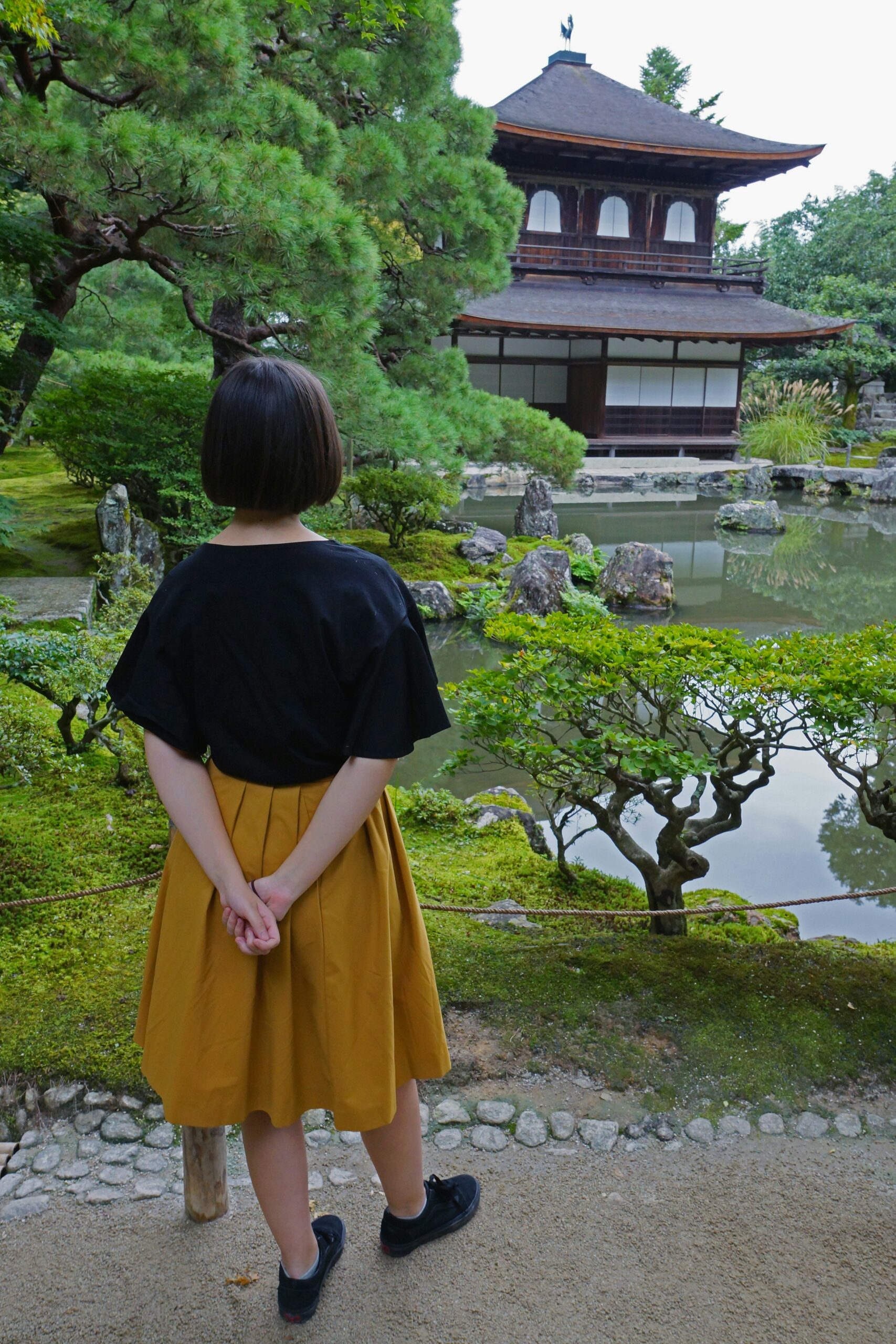
Kyoto is one of the few places in the world where the elegance of history still feels alive—woven into every wooden machiya alley, every shrine pathway, and every garden where vibrant koi glide silently beneath maple reflections.
Kyoto is one of the few places in the world where the elegance of history still feels alive—woven into every wooden machiya alley, every shrine pathway, and every garden where vibrant koi glide silently beneath maple reflections. Among the many cultural experiences Kyoto offers, visiting a traditional garden with koi ponds while wearing a kimono stands out as one of the most magical and immersive ways to connect with the city’s heritage.
This experience blends the gentle rhythm of nature with centuries-old clothing craftsmanship, giving visitors—whether traveling from abroad or living in Kyoto—the chance to see the ancient capital from a new perspective. Wearing a kimono while strolling through a tranquil koi pond garden does more than elevate aesthetic appreciation; it invites you into a mindset of calm attentiveness, making you more aware of detail, harmony, and atmosphere.
Kyoto’s environment is uniquely suited for such moments. From lush moss gardens in summer to fiery maples reflected in autumn ponds, koi gardens in Kyoto transform every season into a breathtaking backdrop. Whether you are a first-time visitor seeking an unforgettable activity or a local resident rediscovering the beauty of your city, this guide will walk you through everything you need to know—and offer suggestions for how to make your experience even more special.
- Why Koi Ponds and Kimonos Belong Together in Kyoto
- Kyoto’s Deep Garden Culture: Understanding the Setting
- Where in Kyoto You Can Enjoy Koi Pond Gardens in Kimono
- Choosing the Right Kimono for a Garden Visit
- What to Expect When Visiting a Koi Pond Garden in Kimono
- Practical Tips for Making the Most of Your Koi Pond + Kimono Experience
- Why Kyoto’s Koi Pond Gardens Are the Perfect Backdrop for Kimono Photos
- Suggested Itinerary for a Perfect Koi Pond Garden Day in Kyoto
- Thoughts and Final Reflections
Why Koi Ponds and Kimonos Belong Together in Kyoto
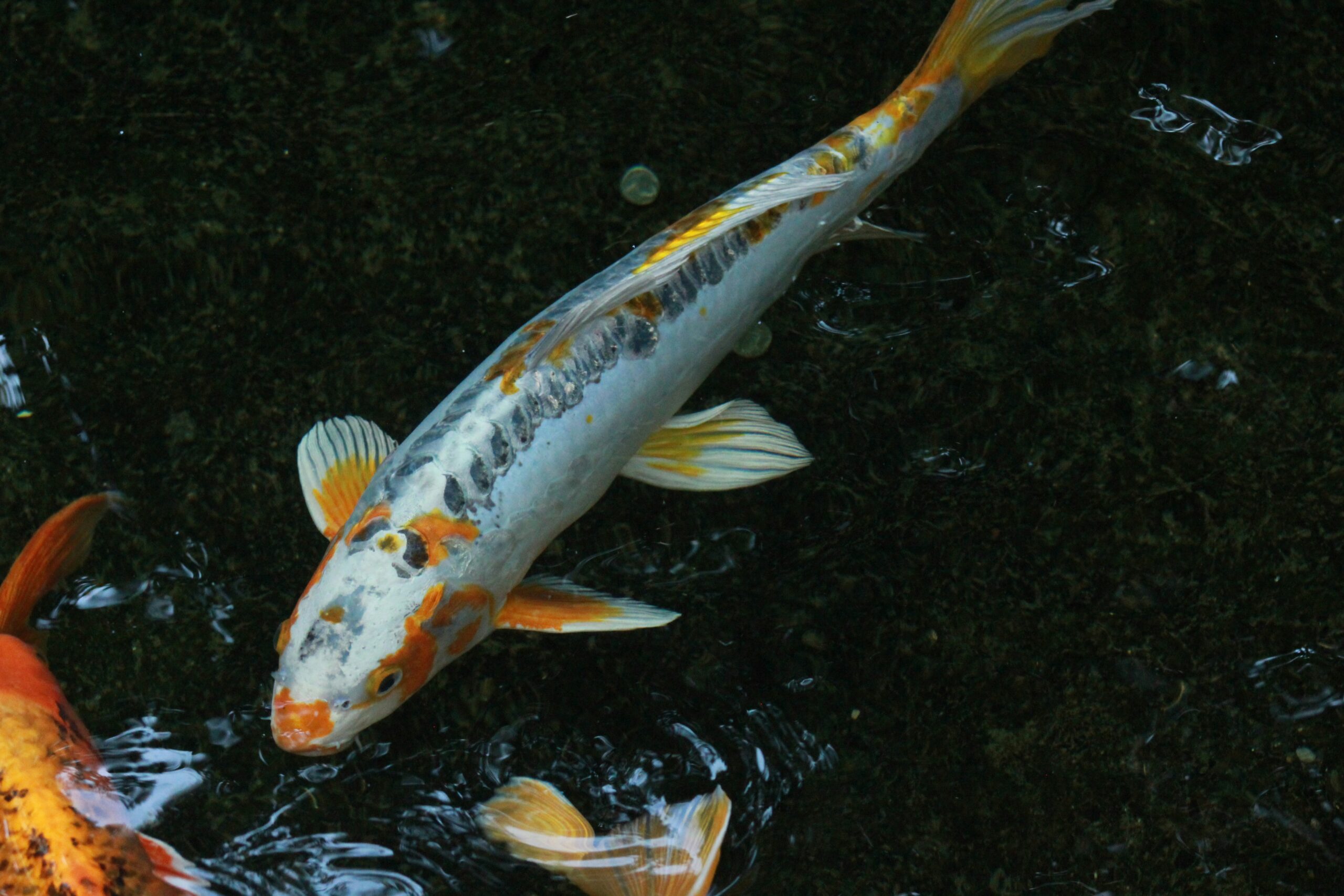
A koi pond in Kyoto is never just a pond—it is a carefully crafted space where water, stone, light, and greenery were designed to flow together. This philosophy, rooted in Heian and Muromachi-period aesthetics, aligns perfectly with the kimono’s emphasis on harmony, form, and seasonal expression.
Historically, Japanese aristocrats wore layered outfits reflecting seasonal colors and visited garden estates to appreciate blooming flowers, changing leaves, or moonlit waters. Today, Kyoto preserves that cultural lineage better than any other place. Wearing a kimono while walking around koi ponds is not simply “dressing up”; it is a way to step into Kyoto’s living history.
The slow movements encouraged by the kimono—slightly shorter steps, a straighter posture, a mindful pace—naturally match the tranquil setting of koi pond gardens. Visitors often report feeling more serene and connected to their surroundings, and it’s easy to understand why.
If you want to capture this moment with professional photos—one of the most popular activities among visitors—you can book a photography session with AllPhotos Kyoto, a team specializing in authentic kimono photoshoots against Kyoto’s natural scenery.
👉 Reserve your experience here: https://allphoto-kyoto.com/
Kyoto’s Deep Garden Culture: Understanding the Setting
Kyoto’s gardens are not merely decorative; they are expressions of philosophy and worldview. The presence of koi in these waters represents perseverance, luck, and beauty. Garden architects designed their environments so the reflective surfaces of ponds would mirror not just the landscape, but the emotional state of the visitor.
1. Heian Influence
During the Heian period (794–1185), aristocrats frequently wore elegant court garments—ancestors of the modern kimono—while strolling through palace gardens filled with streams and ponds. The tradition of “appreciating the seasonal landscape” established during this era remains deeply embedded in Kyoto’s cultural rhythm.
2. Zen Aesthetics
Many Kyoto gardens were shaped by Zen monks who valued quiet contemplation. Even gardens that primarily use raked gravel often include koi ponds nearby to create balance between stillness and movement.
3. Harmony With Nature
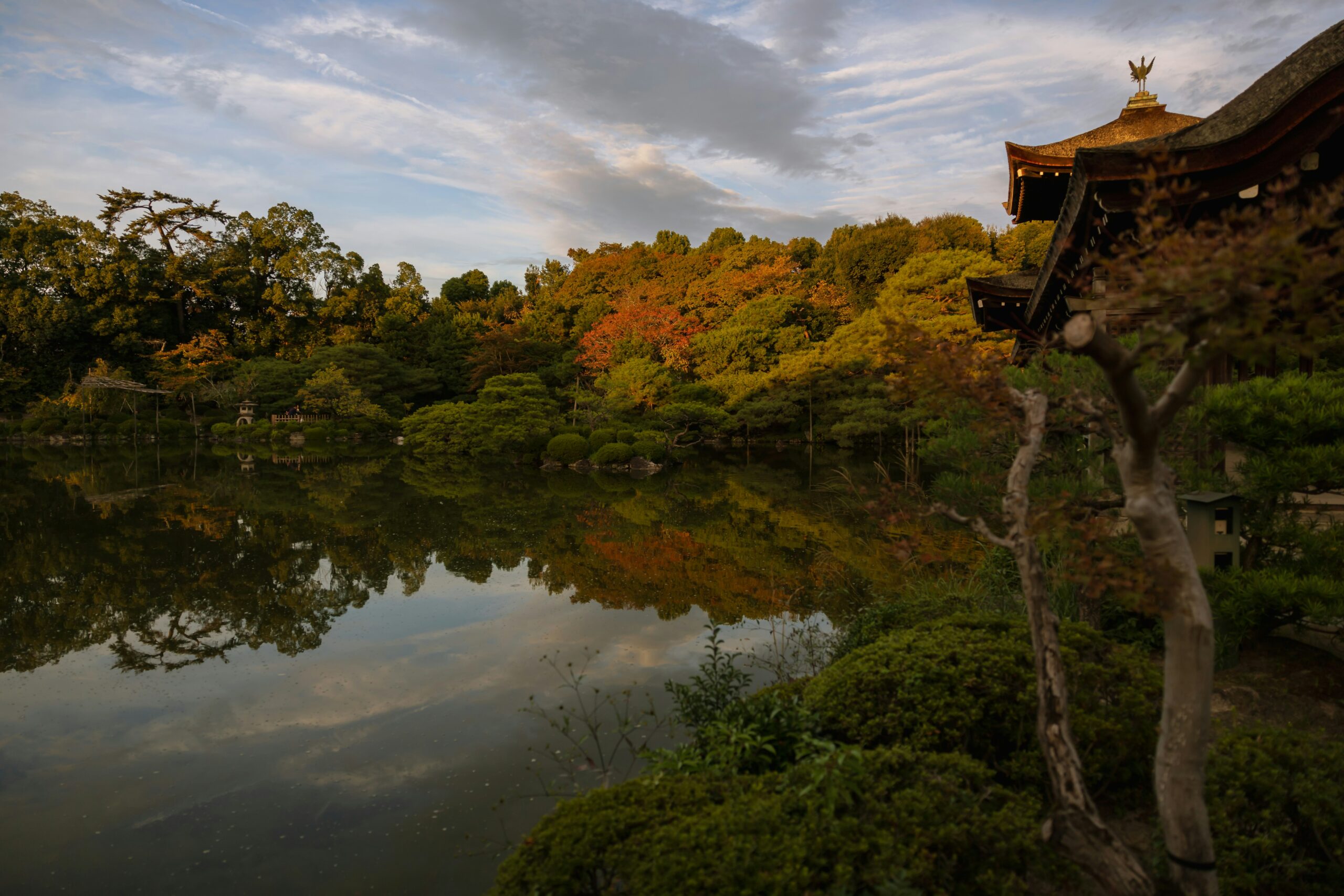
Kyoto’s climate—with humid summers, crisp winters, cherry-blossom springs, and vibrant autumns—allows koi pond gardens to transform dramatically with the seasons. This makes kimono selection particularly meaningful, as colors and motifs are traditionally chosen to match seasonal landscapes.
Whether you visit in March during early sakura, in May when fresh green leaves shine over the water, or in November when red momiji leaves float gently across the pond, visiting Kyoto’s koi gardens in kimono is always a sensory and emotional experience.
Where in Kyoto You Can Enjoy Koi Pond Gardens in Kimono
Kyoto has dozens of gardens where koi ponds are integrated into a wider design philosophy. Below are some of the most atmospheric places within Kyoto City and its immediate surroundings where wearing a kimono enhances the beauty of the environment.
1. The Northern Temple District
The northern neighborhoods of Kyoto, surrounded by hills and quiet residential lanes, are home to several gardens with stunning koi ponds. The tranquil atmosphere, fewer crowds, and soft natural light make them ideal for slow kimono walks and photography.
The area is particularly charming in late autumn, when maple leaves reflect vividly on the pond’s surface, and in early summer, when the greenery is at its most vibrant.
2. The Eastern Hills (Higashiyama)
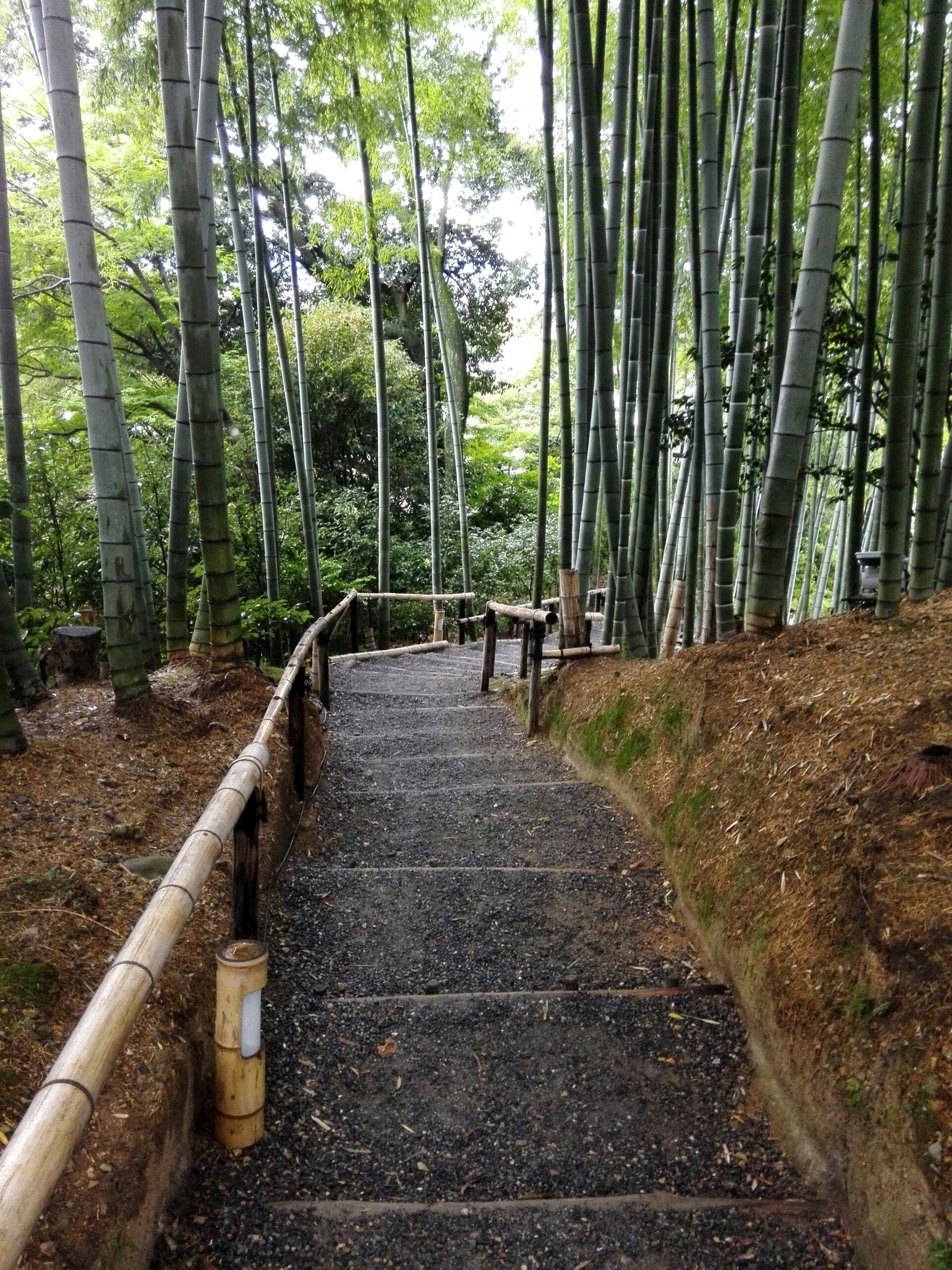
Higashiyama is one of the most iconic locations for combining kimono and garden walks in Kyoto. The blend of narrow stone paths, wooden buildings, temple gates, and quiet gardens creates a picturesque environment for koi pond appreciation.
Visiting a koi pond garden here while wearing a kimono provides not only natural serenity but also easy access to cultural districts where cafes, teahouses, and traditional craft shops complement the experience.
If you would like a professional photographer to capture this moment, AllPhotos Kyoto offers sessions throughout the Higashiyama area, creating magazine-quality images with koi ponds, stone bridges, and kimono colors that blend beautifully with the landscape.
📸 Learn more or book here: https://allphoto-kyoto.com/
3. Central Kyoto Gardens
Right in the heart of the city, several traditional gardens include koi ponds framed by precise landscaping, stone lanterns, and seasonal flowers. These locations are excellent for visitors staying near the city center who want a peaceful retreat without traveling far.
Morning visits offer especially beautiful lighting, with misty reflections over the water and calm surroundings perfect for kimono strolls.
4. Western Kyoto
Western Kyoto is known for its natural atmosphere, bamboo groves, and wide-open spaces. Many gardens here feature koi ponds with sweeping views of surrounding hills. The experience of wearing a kimono here feels spacious and relaxed—not crowded, not rushed—an ideal choice for those seeking a deeper connection with nature.
Sunset is particularly enchanting, as golden light falls on koi scales shimmering just beneath the surface.
Choosing the Right Kimono for a Garden Visit
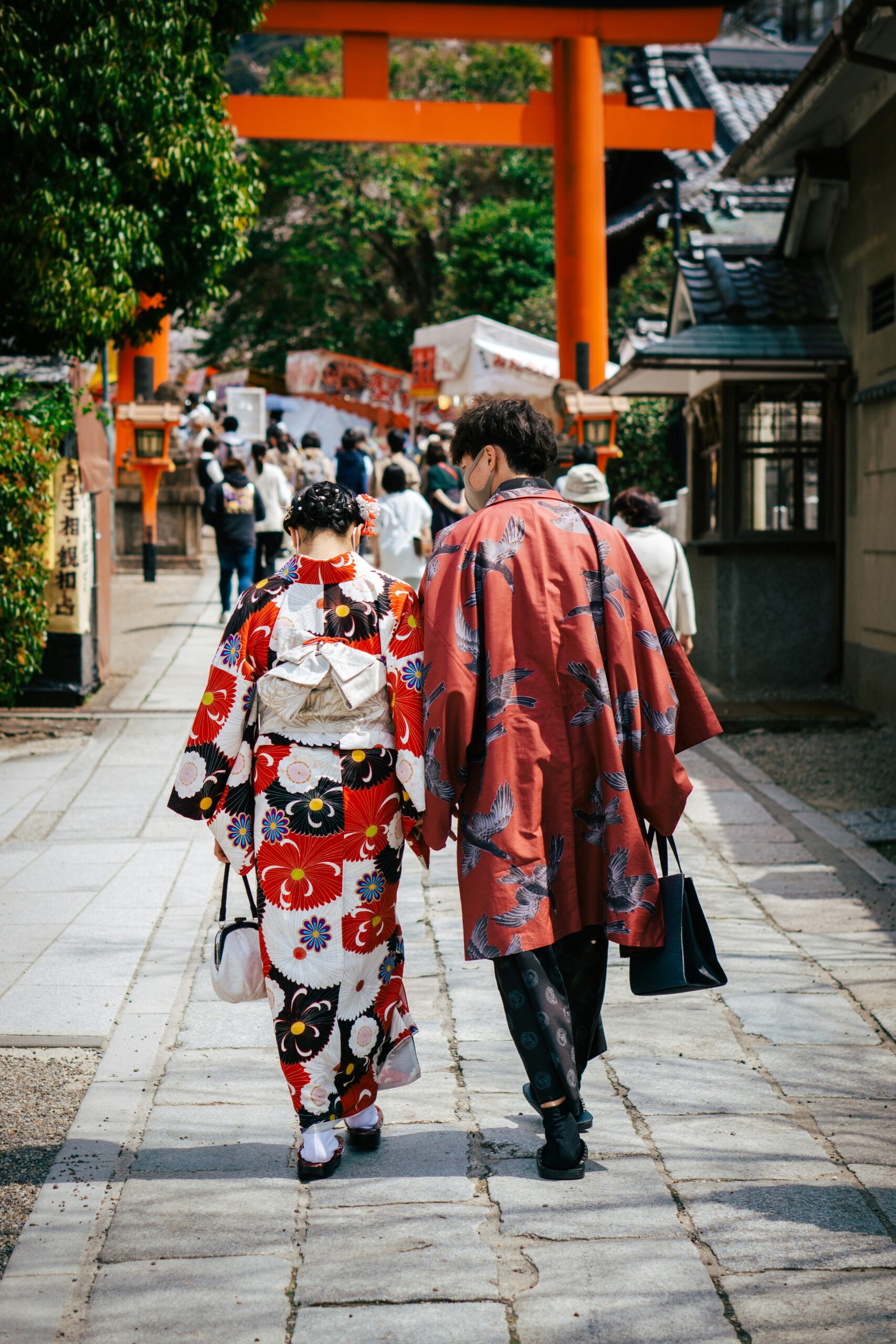
Wearing a kimono in a koi pond garden is not only about looks; it’s a chance to express appreciation for nature and seasonal aesthetics. Kyoto kimono shops often help visitors choose a design that harmonizes with the specific season.
Seasonal Recommendations
Spring (March–April): Pastel colors, floral motifs, soft pinks and purples complement cherry blossoms and the tender green of new leaves.
Summer (May–August): Bright colors, cool-toned blues, flowing patterns, and lightweight fabrics help you stay comfortable in Kyoto’s humid climate.
Autumn (September–November): Deep reds, golds, burnt oranges, and maple leaf motifs blend beautifully with koi ponds surrounded by fall foliage.
Winter (December–February): Elegant dark tones with subtle patterns offer a sophisticated contrast against crisp winter air and quiet gardens.
Many visitors choose to take this opportunity to have a professional photoshoot in these stunning environments. If you want to capture the experience, AllPhotos Kyoto specializes in natural and cinematic photography sessions throughout Kyoto.
✨ Book your session here: https://allphoto-kyoto.com/
What to Expect When Visiting a Koi Pond Garden in Kimono
1. A Slower, More Mindful Rhythm
The kimono naturally encourages slower, more deliberate movements. When combined with the gentle glide of koi fish and the soft sound of water flowing beneath stone bridges, the result is a deeply relaxing experience.
2. Enhanced Awareness of Your Surroundings
Visitors often report noticing small details they would have overlooked in everyday clothing—reflections on the water, the texture of moss, the patterns of ripples, or the shifting colors of fish moving in sunlight.
3. A Sense of Being Part of Kyoto’s Living Culture
Tourists sometimes imagine kimono as something “historical,” but Kyoto locals wear kimono for seasonal outings, festivals, and special moments. Wearing one in a koi pond garden lets you participate in something authentic, not staged.
4. A Beautiful Photography Opportunity
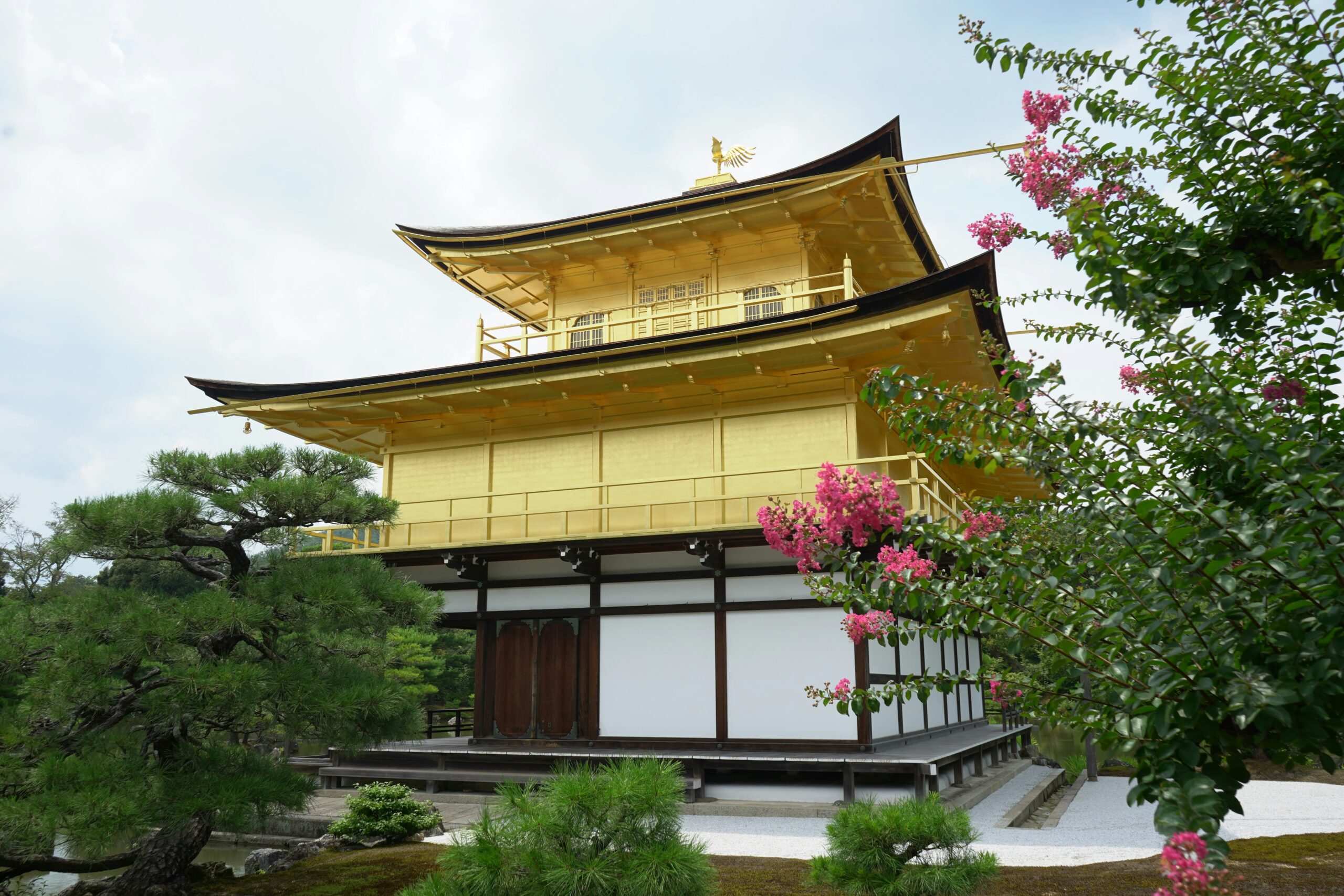
Koi ponds are visually dynamic—light, water, shadows, and movement combine to create dozens of unique compositions. Many visitors choose to immortalize the moment with a photoshoot.
For remarkable images of your Kyoto experience, you can schedule a session with AllPhotos Kyoto.
💛 Discover their photography plans here: https://allphoto-kyoto.com/
Practical Tips for Making the Most of Your Koi Pond + Kimono Experience
1. Plan Your Visit Early or Late in the Day
Morning and late afternoon offer:
- softer natural light
- fewer crowds
- more comfortable temperatures
- beautiful reflection conditions on the water
These moments are ideal for photography and peaceful strolls.
2. Hydrate and Prepare for Weather
Kyoto’s climate varies greatly:
- Summers are hot and humid
- Winters are cold and crisp
- Spring and autumn are mild but can shift quickly
If you are wearing a kimono, staying hydrated and taking short breaks is important—especially in summer.
3. Wear Comfortable Footwear (Zori or Geta)
Kimono footwear requires a different walking style. Take your time; koi gardens are designed for slow enjoyment anyway.
4. Bring a Small Bag
Kimonos usually don’t have pockets. A small, traditional-style bag is ideal for carrying essentials such as your phone, wallet, or handkerchief.
5. Respect Garden Etiquette
Kyoto gardens are places of contemplation. Keep your voice low, avoid feeding the koi (unless signs explicitly allow it), and remain mindful of other visitors.
6. Consider a Professional Photographer
If you want truly unforgettable photos in the soft light of a Kyoto garden, a professional photographer makes all the difference.
📸 You can easily book one at AllPhotos Kyoto → https://allphoto-kyoto.com/
Why Kyoto’s Koi Pond Gardens Are the Perfect Backdrop for Kimono Photos
Kyoto’s unique combination of architectural, natural, and cultural beauty makes koi pond gardens especially photogenic. Professional photographers often choose these settings because of:
1. Reflection Effects
Still water creates dreamy reflections of:
- Kimono colors
- Garden trees
- Stone lanterns
- Sky and clouds
These reflections make photos look elegant and almost painterly.
2. Color Harmony
The vivid scales of koi fish contrast beautifully with the patterns of the kimono. Reds, whites, golds, and blacks swirl beneath your reflection, creating a dynamic background.
3. Timeless Atmosphere
Many Kyoto koi gardens look almost unchanged from hundreds of years ago. Wearing a kimono here feels like stepping into a historical artwork or a traditional seasonal festival.
4. Availability of Scenic Elements
Stone bridges, bamboo fences, carp-shaped water spouts, mossy stepping stones, and seasonal flowers all provide natural frames for photography.
If you want to transform your visit into a visual memory you can keep forever, explore the professional photography plans offered by AllPhotos Kyoto.
👉 Book your Kyoto photoshoot: https://allphoto-kyoto.com/
Suggested Itinerary for a Perfect Koi Pond Garden Day in Kyoto
Here is a simple but deeply fulfilling route you can adapt:
1. Choose Your Kimono
Start your day by selecting a kimono that matches the season. Soft pastels for spring, vibrant hues for summer, rich warm tones for autumn, or refined darker shades for winter.
2. Head to a Koi Pond Garden
Pick a garden located in the district you want to explore—northern, eastern, central, or western Kyoto. Each area offers a slightly different atmosphere, but all preserve the cultural elegance Kyoto is known for.
3. Take a Slow Walk and Observe
Listen to the water, watch the koi, and enjoy moments of stillness. Take short breaks on benches to fully appreciate the atmosphere.
4. Enjoy a Photoshoot (Optional but Highly Recommended)
You can schedule it in advance with AllPhotos Kyoto for natural-light photography in authentic Kyoto settings.
📸 Reserve here: https://allphoto-kyoto.com/
5. Relax Afterwards
End your garden visit with a quiet tea break in a nearby teahouse or café. Kimono and tea pair perfectly with the slow rhythm of a Kyoto afternoon.
Thoughts and Final Reflections
Visiting a koi pond garden in Kyoto while wearing a kimono is more than a cultural activity—it is a sensory immersion into the heart of Japan’s ancient capital. The gentle movement of koi, the craftsmanship of traditional clothing, and the seasonal landscapes all come together to create an unforgettable experience.
Whether you are visiting Kyoto for the first time or rediscovering the city as a long-term resident, spending time in a koi pond garden in kimono offers a rare combination of beauty, serenity, and connection to tradition.
And if you wish to preserve these moments, a photography session is the perfect way to capture your experience.
✨ Explore and book your session with AllPhotos Kyoto: https://allphoto-kyoto.com/

コメント